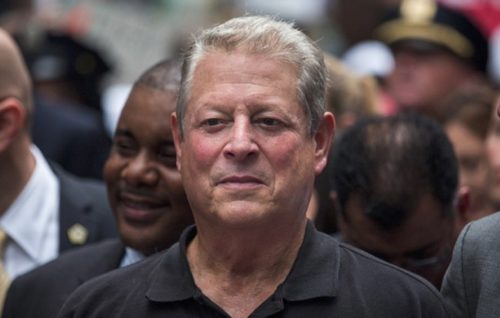 The Environmental Protection Agency (EPA) will no longer rely on “secret” scientific data to justify regulations, Administrator Scott Pruitt announced last week.
The Environmental Protection Agency (EPA) will no longer rely on “secret” scientific data to justify regulations, Administrator Scott Pruitt announced last week.
EPA regulators and agency-funded researchers have become accustomed to producing unaccountable, dodgy science to advance a political agenda.
The saga began in the early 1990s when the EPA sought to regulate fine particulate matter known as PM2.5—dust and soot smaller than 2.5 microns in diameter.
PM2.5 was not known to cause death, but by 1994 EPA-supported scientists had developed two lines of research purporting to show that it did.
When the studies were run past the EPA’s Clean Air Science Advisory Committee, it balked. It believed the studies relied on dubious statistical analysis and asked for the underlying data. The EPA ignored the request.
As the EPA prepared to issue its proposal for PM2.5 regulation in 1996, Congress stepped in. Rep. Thomas Bliley, chairman of the House Commerce Committee, sent a sharply written letter to Administrator Carol Browner asking for the data underlying studies.
Ms. Browner delegated the response to a subordinate, who told Mr. Bliley the EPA saw “no useful purpose” in obtaining the data.
Congress responded by inserting a provision in a 1998 bill requiring that data used to support federal regulation must be made available to the public via the Freedom of Information Act.
But it was hastily written, and a federal appellate court held the law unenforceable in 2003.
The controversy went dormant until 2011 when a new Republican Congress took exception to the Obama EPA’s anti-coal rules, which relied on the same PM2.5 studies.
Again the EPA was defiant. Administrator Gina McCarthy refused requests for the data sets and defied a congressional subpoena.
Bills to resolve the problem died in the Senate. Democrats argued that requiring data for study replication is a threat to intellectual property and an invasion of medical privacy.
In fact, the legislation would protect property by requiring a confidentiality agreement, and no personal medical data or information would have been released.
This sort of data is already routinely made public for research use. In 2012, I was desperate for a way around the Obama EPA’s secrecy on the PM2.5 issue, I found out in 2012 that I could get California death-certificate data in electronic form.
The state’s Health Department calls this sort of data “Death Public Use Files.” They are scrubbed of all personal identifying and private medical information.
Some of my colleagues used this data to prepare a 2017 study, which found PM2.5 was not associated with death.
The best part is that if you don’t believe the result, you can get the same data for yourself from California and run your own analysis. Then we’ll compare, contrast, and debate. That’s how science is supposed to work.
It would be better if Congress would pass a law requiring data transparency. A future administrator may backslide on the steps Mr. Pruitt is taking. In the meantime, we have science in the sunshine.
Mr. Milloy publishes JunkScience.com and is the author of “Scare Pollution: Why and How to Fix the EPA” (Bench Press 2016).
Read more at WSJ

















The problem in the USA in part is the mushrooming of Departments to the point where the citizens can no longer afford the Departments they are expected to finance .
Unlike Canada where Mr. Dress -Up believes budgets magically balance themselves the USA at least recognizes the cliff they are about to sail off . $21 trillion in debt … during the good times .
I can still remember back when they were telling us the earth would be so poluted we would need to wear gas masks outside(Some nutcases do during their silly protests)or we would have our cities under giant domes or we WE HAVE TEN YEARS LEFT TO SAVE THE PLANET and that was over 30 years ago their still blabbering this malarkey